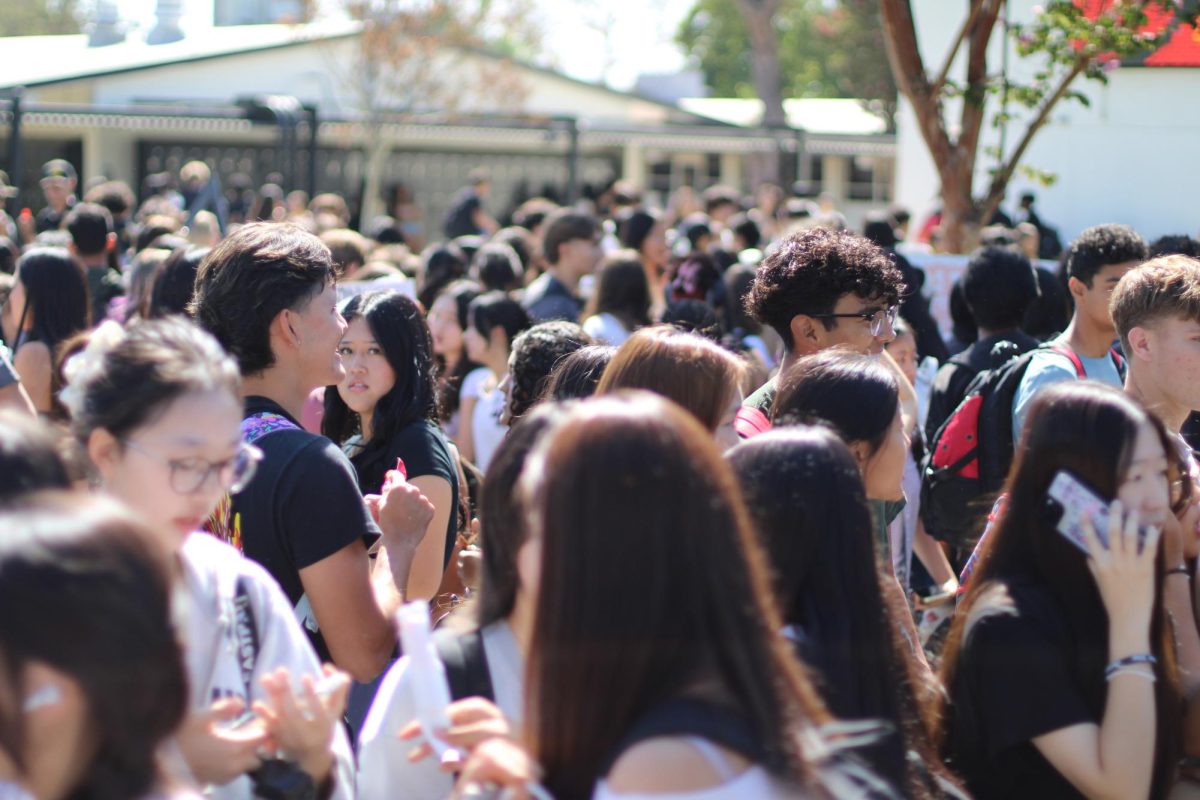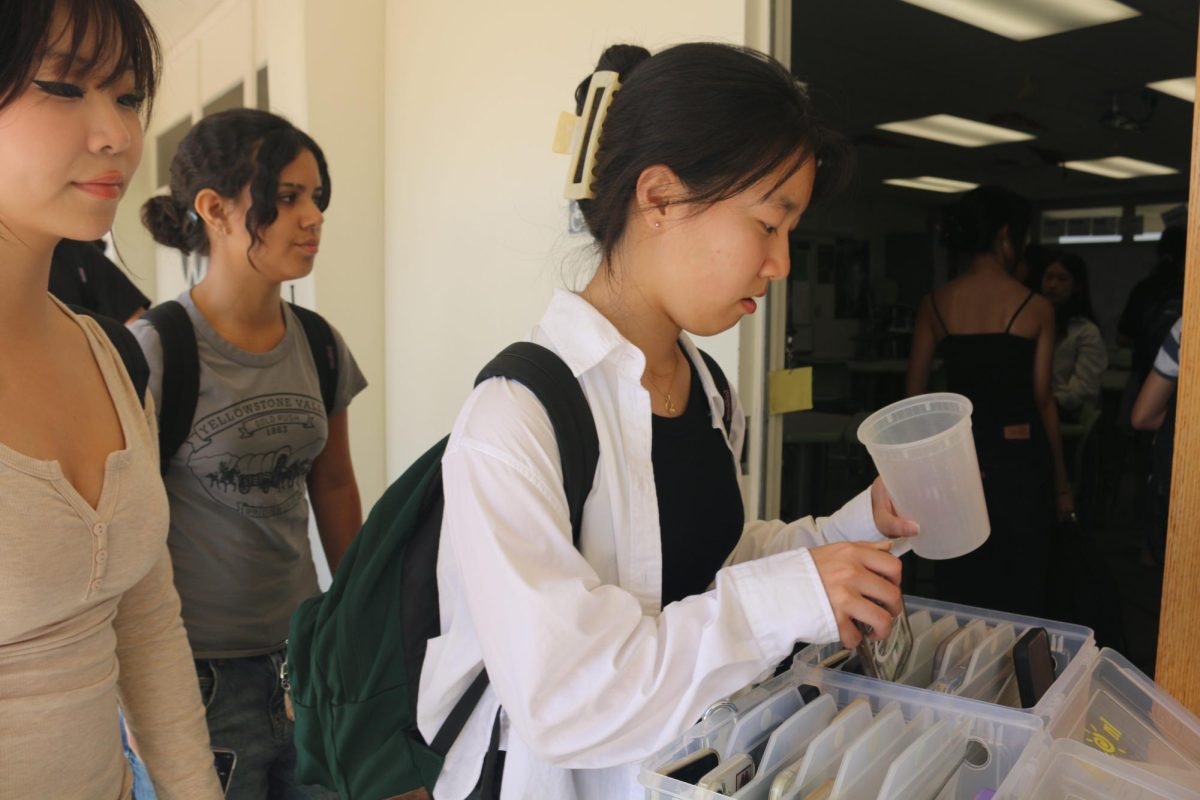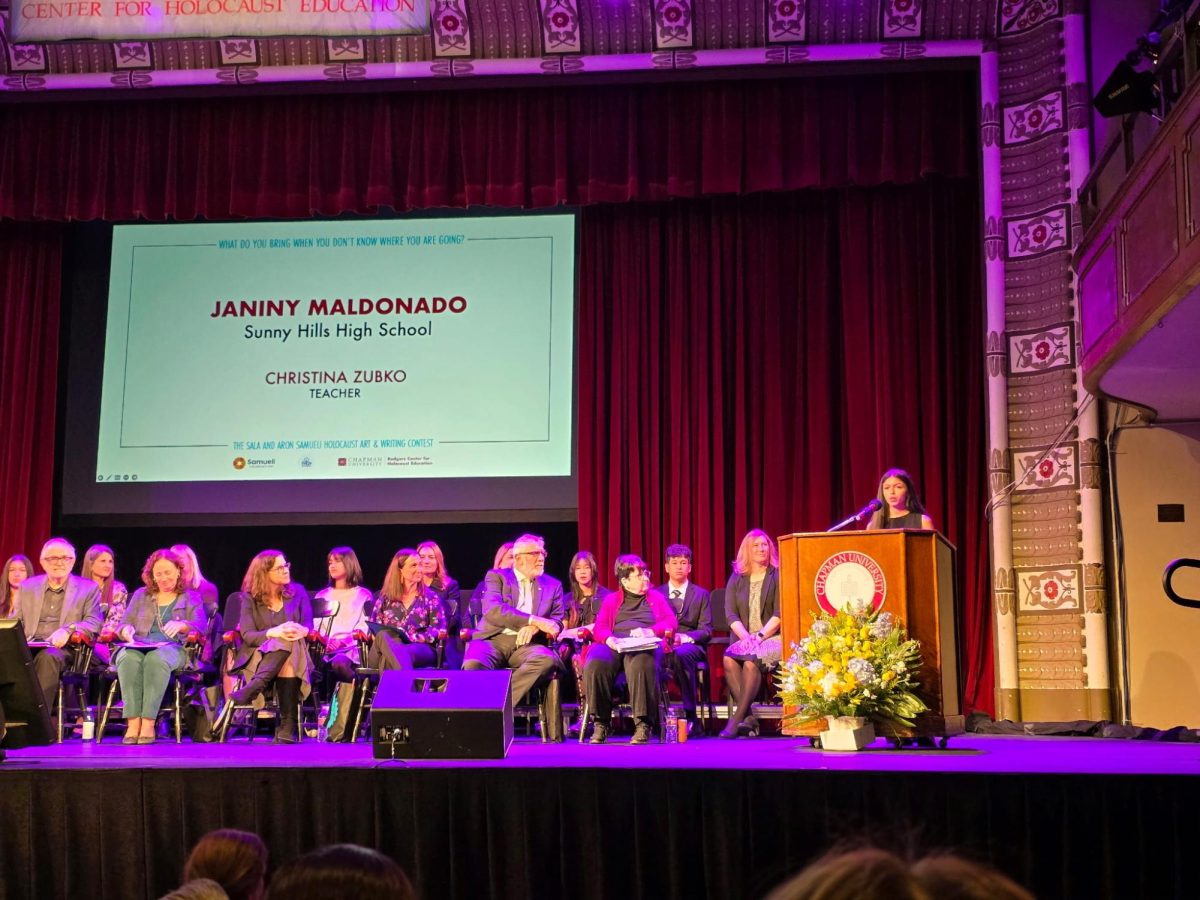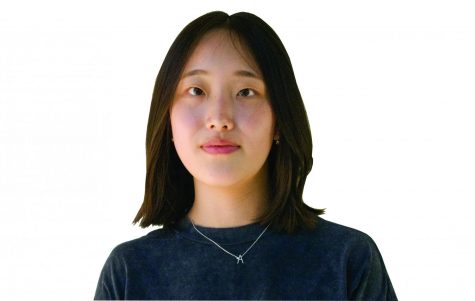Theater and English teacher Amanda Gieser called a return to live classroom instruction under the hybrid learning model this semester “uncomfortable, eerily quiet and even more isolating — an apocalyptic institution, not a nurturing learning environment.”
Gieser’s description shared earlier this month during a Fullerton Joint Union High School District [FJUHSD] board meeting was unable to sway trustees from approving the Nov. 2 reopening date for the district’s high school campuses, including Sunny Hills.
In an online Accolade poll that asked, “How do you feel about the Nov. 2 board-approved reopening of Sunny Hills for live, classroom instruction?” of the 205 who responded, 40% also agreed with Gieser’s preference against reopening.
In contrast, only 23% are excited to go outside and see their friends in person again.
Other Sunny Hills teachers sided with Gieser regarding what the classroom environment would look like when students who opt to return to campus will be separated into two groups, also known as cohorts A and B, while a third group — Cohort C — will continue with the same teachers doing distance learning from home.
Those in Cohort A will attend classes on Mondays and Thursdays while Cohort B students will come to campus on Tuesdays and Fridays. Students in all three groups will remain at home on Wednesdays while custodians conduct a thorough cleaning to sanitize all classrooms.
“I agree with [Gieser’s] descriptions of hybrid learning because there’s no way we’re going to be able to socially distance and do group work,” said English teacher Christina Zubko, one of 26 Sunny Hills faculty who along with their colleagues from the other FJUHSD campuses digitally signed an Oct. 5 letter asking board members to address specific changes to the hybrid learning schedule.
Zubko also said that she would not prefer the reopening of school this semester and has concerns over the COVID-19 positivity rates.
“I would prefer [returning to school] next semester because we’re in week 11 now, so by Nov. 2 that’ll already be week 13 or 14, and there’s only 18 weeks in [the fall] semester,” Zubko said. “We’re also going right back before family gatherings for Thanksgiving and the holidays, so I’m concerned that our numbers might go up again.”
Spanish teacher Gene Bordy does see an advantage to the switch to hybrid learning next month.
“I would personally prefer to finish the semester the way we are now, but one thing I think is positive if we reopen in November is that students not doing well in courses primarily due to internet issues can be [on campus] a couple of days a week and eliminate communication problems we experience in Zoom,” Bordy said.
Principal Allen Whitten said that as of Oct. 21, of the approximately 2,400 students enrolled at Sunny Hills, 49% are in Cohort A/B and the remaining 51% are in Cohort C. That would mean around 600 students would be on campus on each school day except Wednesdays, which equates to only a quarter of the student body.
That’s not going to deter senior Jaten Jhawar from wanting to come to campus to receive live instruction.
“I understand the viewpoint that Ms. Gieser has, but I think that we still need to be able to do school in person because in the next year or so, we will need to adapt back to the ‘old school’ method,” Jhawar said.
Junior McKenzie Sinclair, who is in Cohort B, is also eager just to get out of the house no matter what the classroom environment might look like and no matter how many students are on campus on a given day.
“I find it hard to focus on school work when I don’t have anyone in front of me teaching,” said Sinclair. “I really don’t like to be stuck at home all the time, [and] I like to be able to go to and from classes.”
Contrary to the theater and English teacher’s description of an “apocalyptic institution,” the junior doubts any of her peers will feel that way about Sunny Hills.
“I will be comfortable, be able to focus and have a little easier time learning the material I’m handed,” she said, adding that she would not switch to Cohort C even if she is one of the few students who will be in her classes. “I think this is a perfect time to open up our school because there are safety precautions trying to keep all of the students safe.”
Senior Valerie Ruiz, also in Cohort B, said students’ mental health should always be a priority.
“As much as I think public safety is important, I do think it should be students’ mental health over public safety,” Ruiz said. “I think it is important for [students] to have a good mentality and mindset before going back to school.”
But as the Nov. 2 reopening date nears, teachers have seen more students migrating from Cohort A/B to Cohort C.
“I chose to change to Cohort C because I’m still worried about the numbers of COVID-19 cases,” junior Brandon Park said. “I prefer learning and studying in a comfortable environment, not with a mask on.”
Senior Samantha Alvarado, who has been in Cohort C since the beginning of the school year, said she doesn’t have any plans to come to campus any time soon.
“My mom is a nurse who works on the front lines, and she suggested that I stay home not only for my safety, but others’ safety,” Alvarado said. “If the school were to reopen, I wouldn’t feel safe returning because not only have cases not decreased, but also I feel like not everyone would strictly follow the rules on campus.”
The growing numbers in Cohort C creates a sense that students in Cohort A/B are like the guinea pigs to see if anyone will catch COVID-19 upon their return to campus.
“I do kind of feel like we’re the testing group,” Ruiz said. “Even though [the school] has everything separated, we aren’t really sure if this is what will completely stop the spread.”



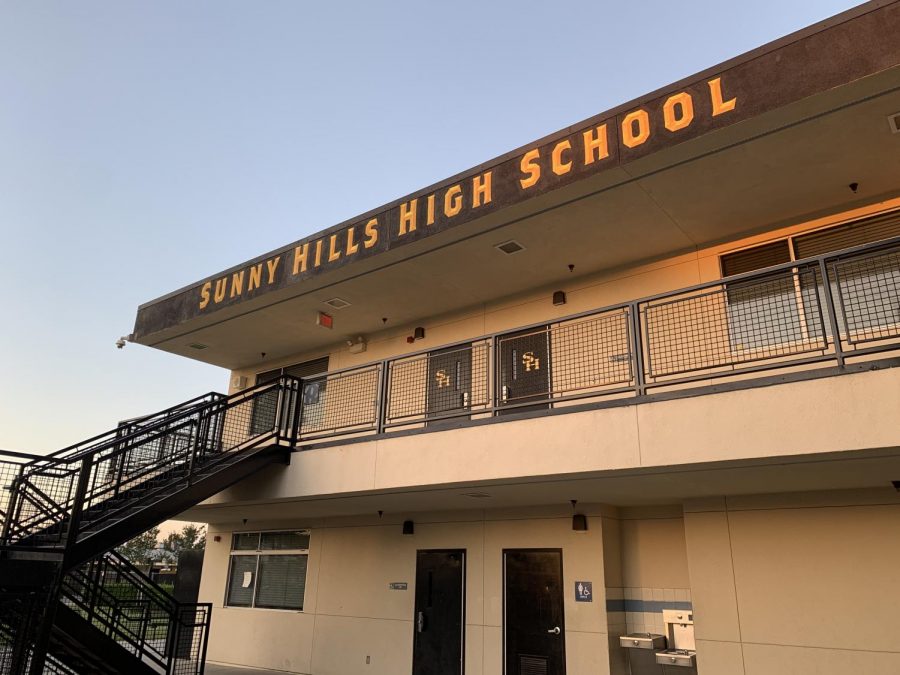

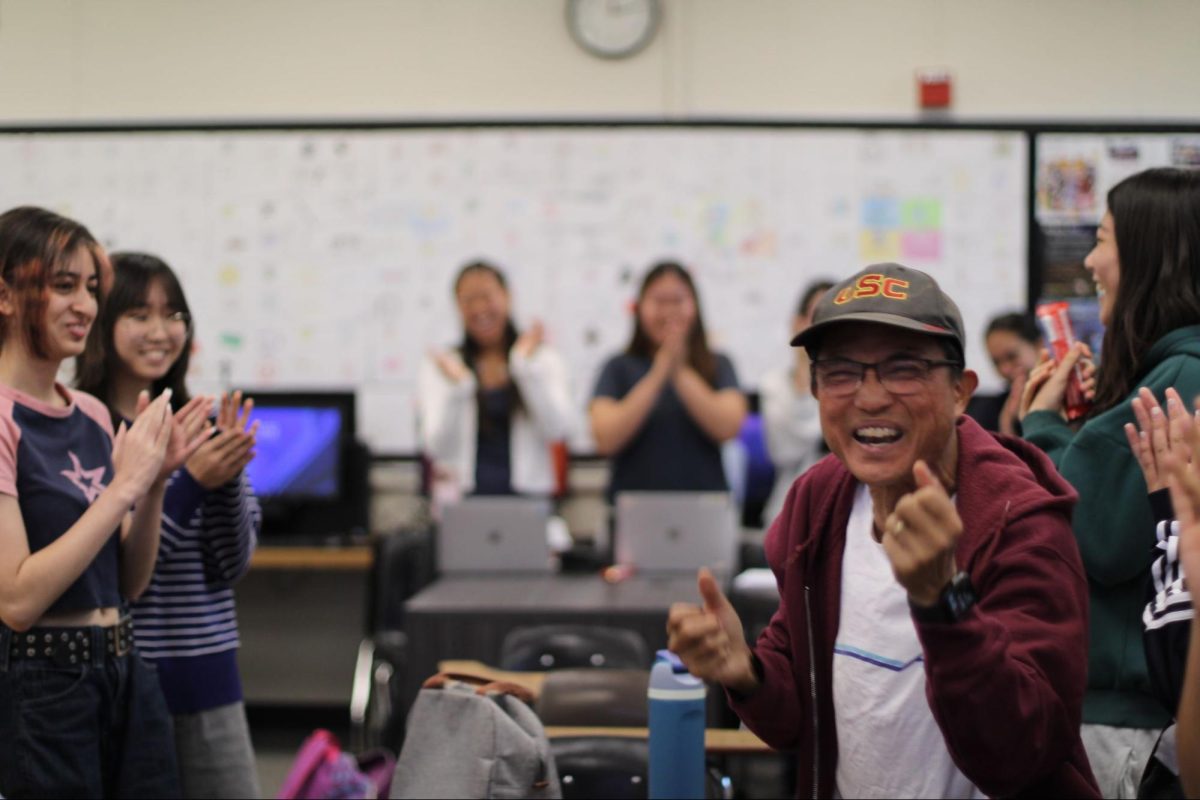
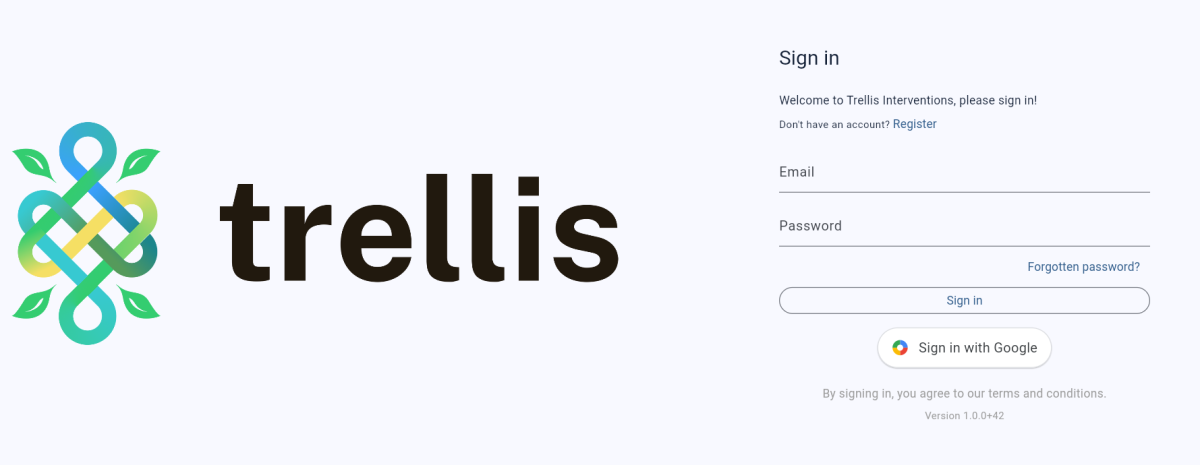
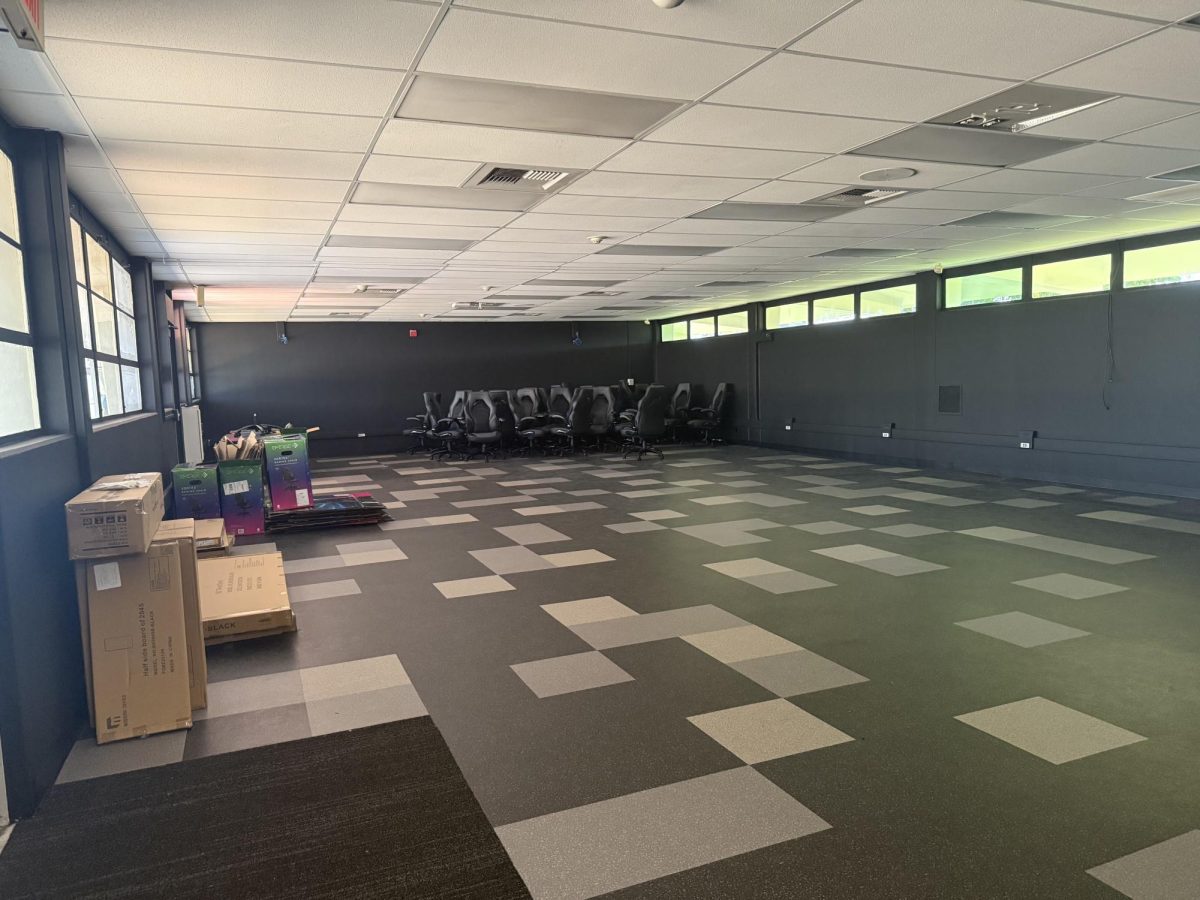
![Students and staff across the Fullerton Joint Union High School District [FJUHSD] received emails promoting a part time job offer with pay. The messages were set from compromised FJUHSD accounts.](https://shhsaccolade.com/wp-content/uploads/2025/09/image1-2-1200x527.png)
